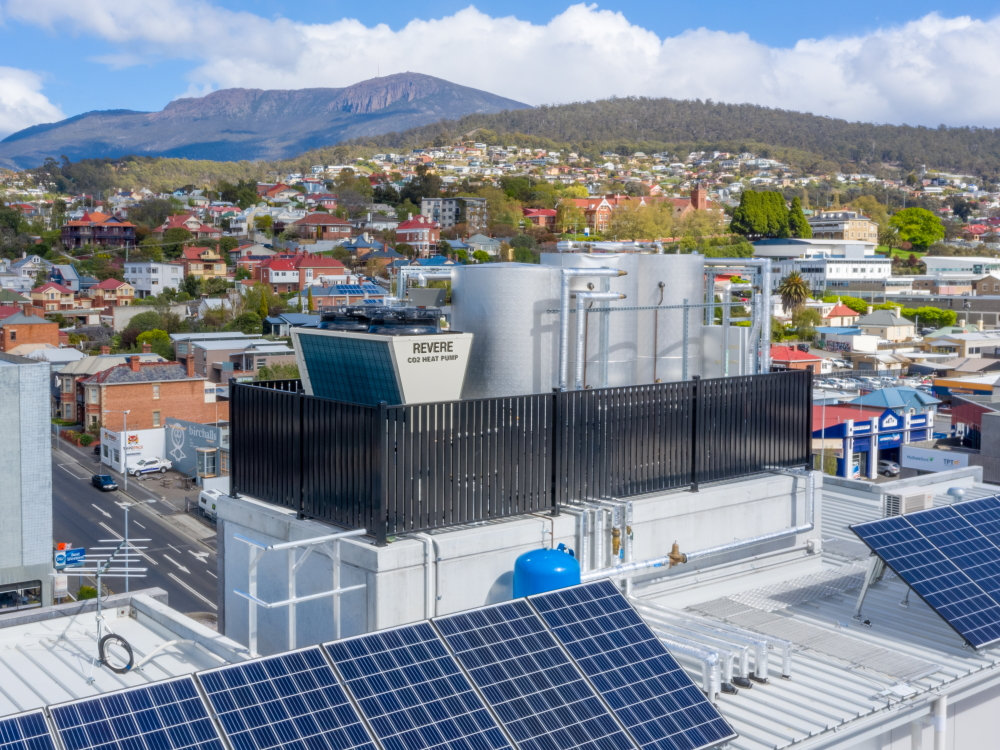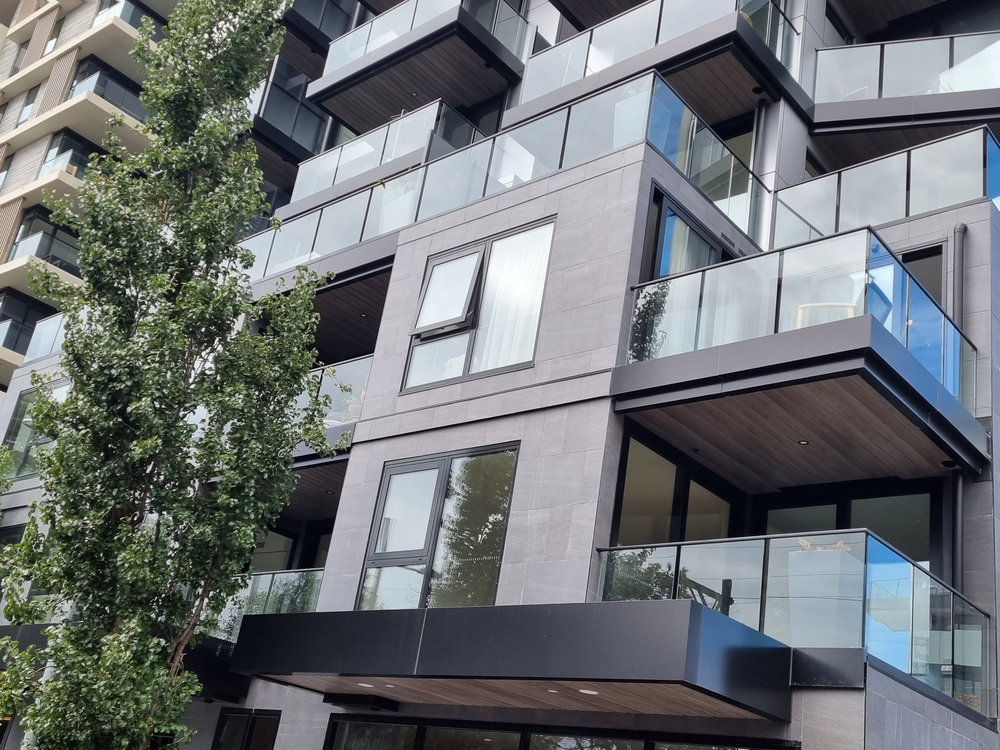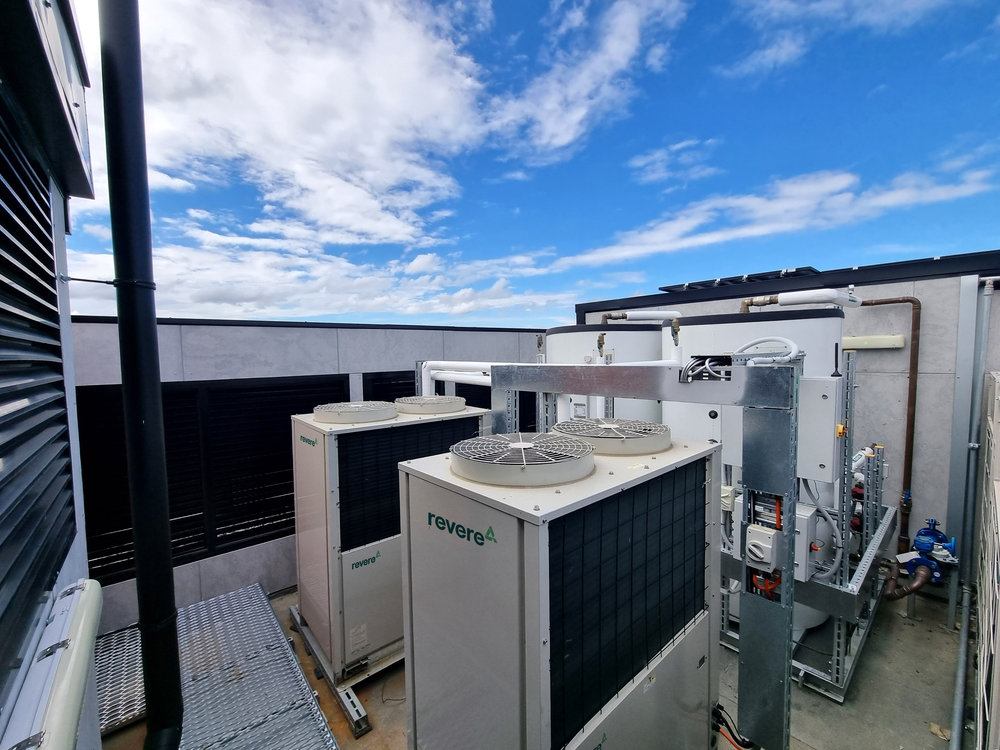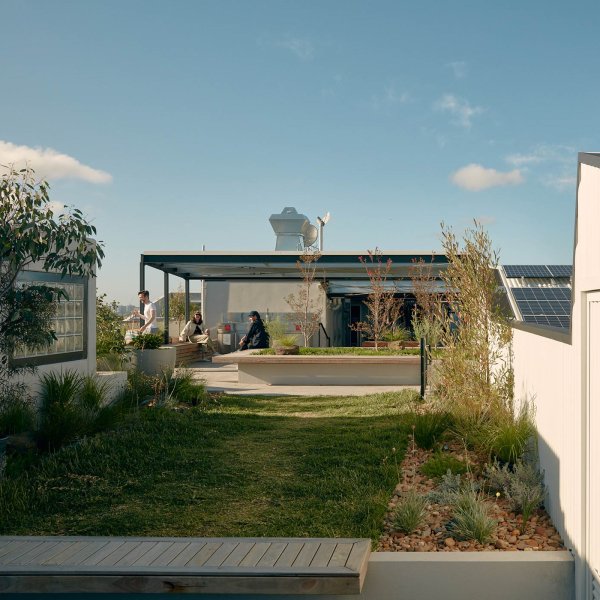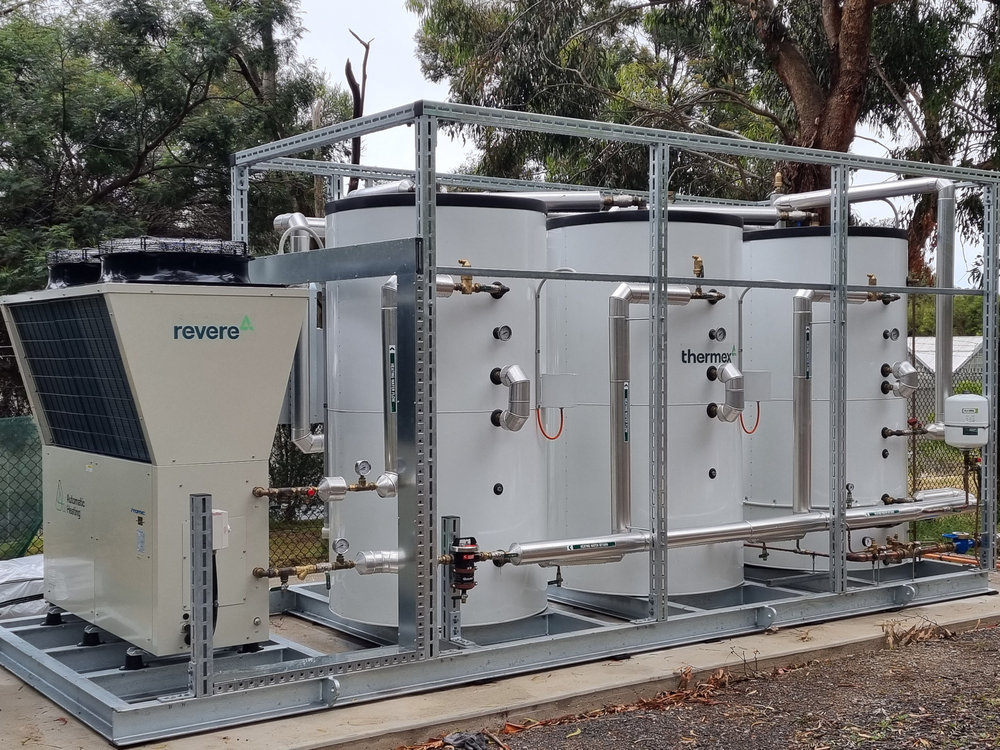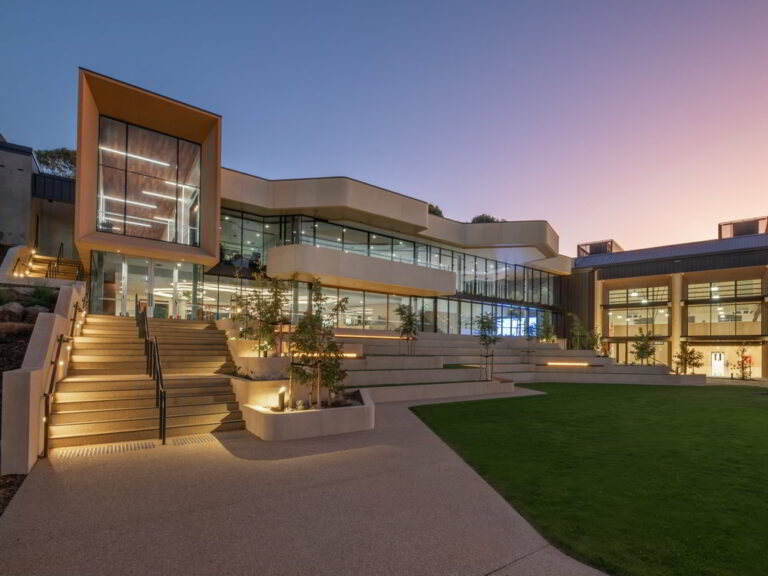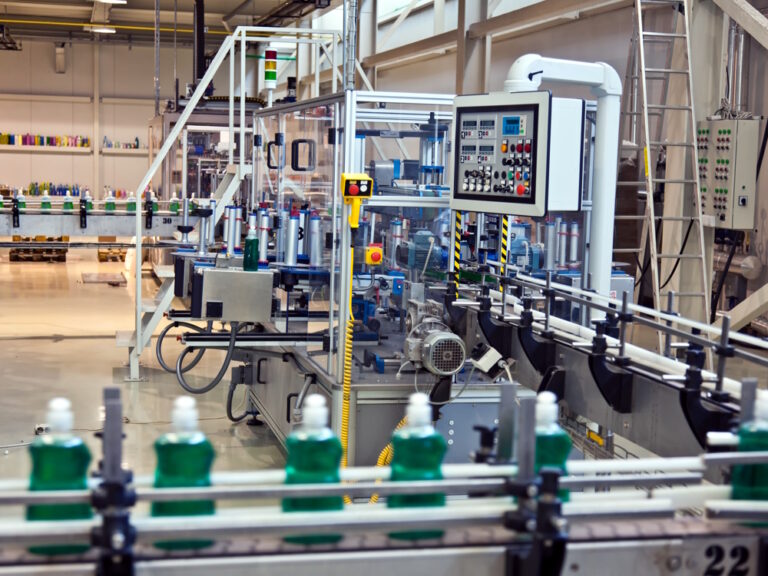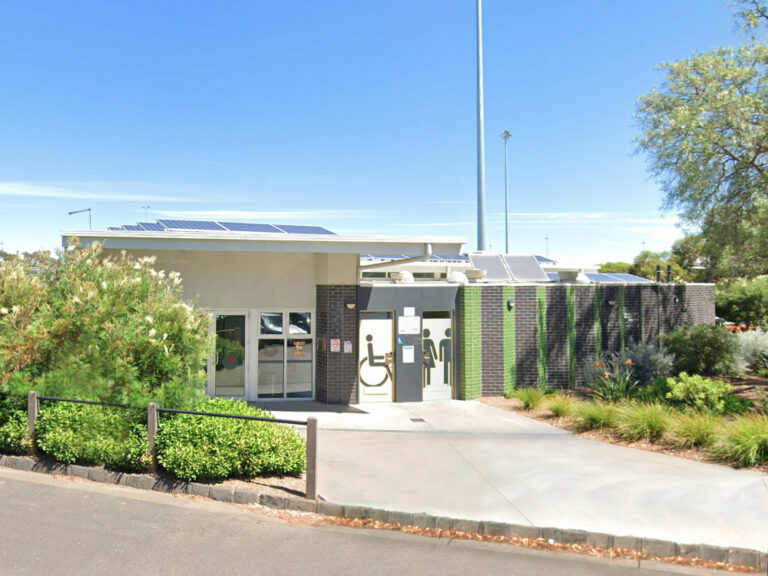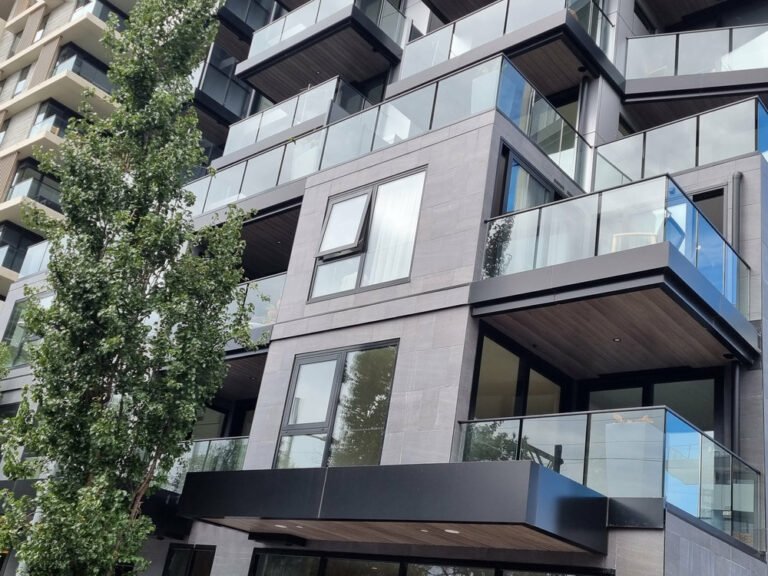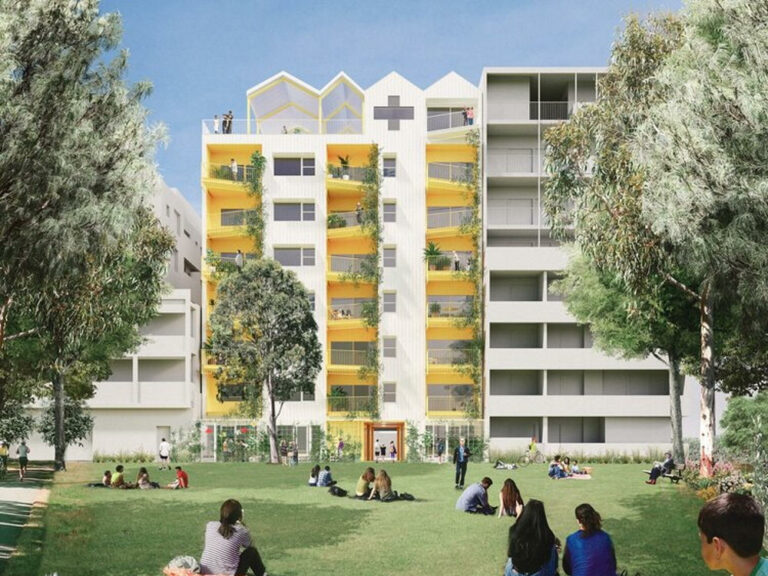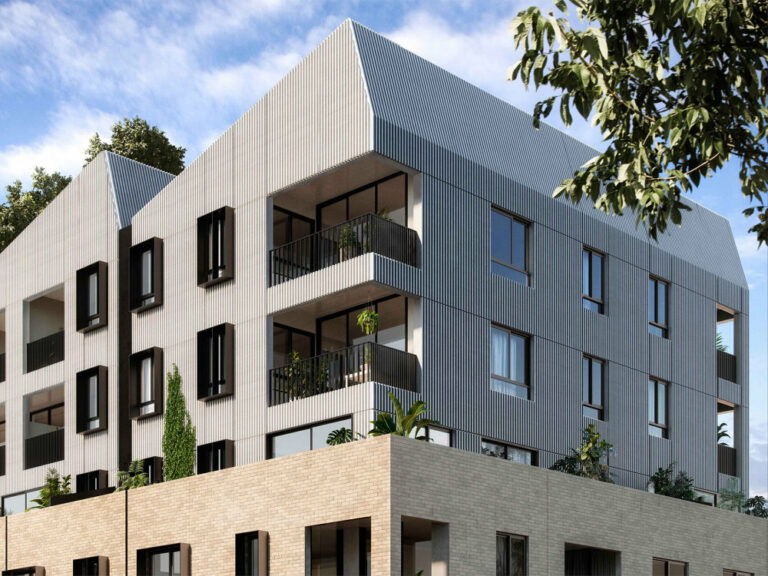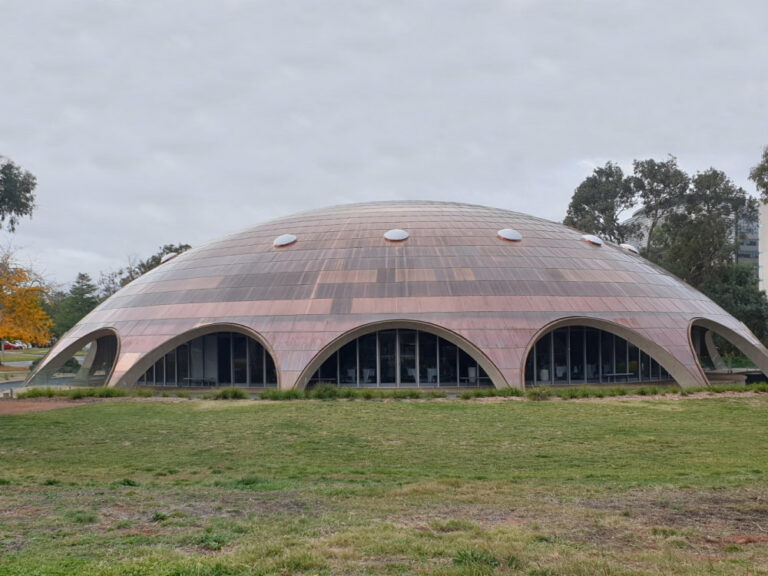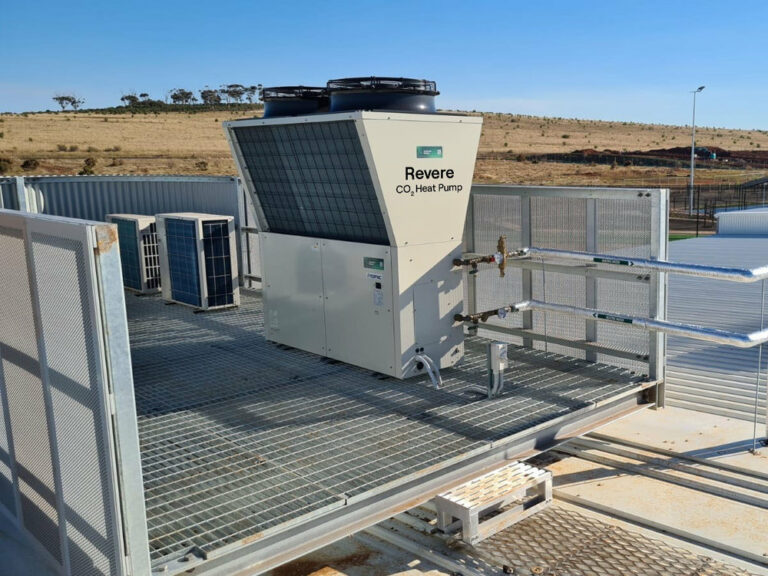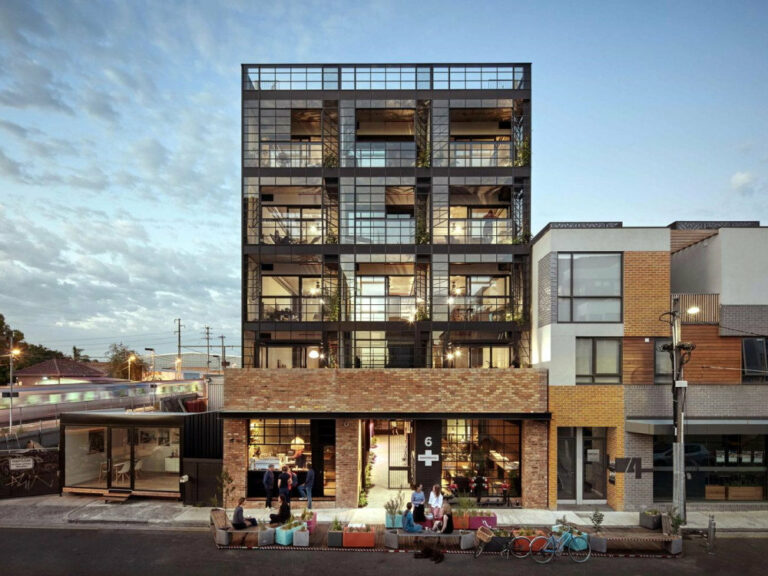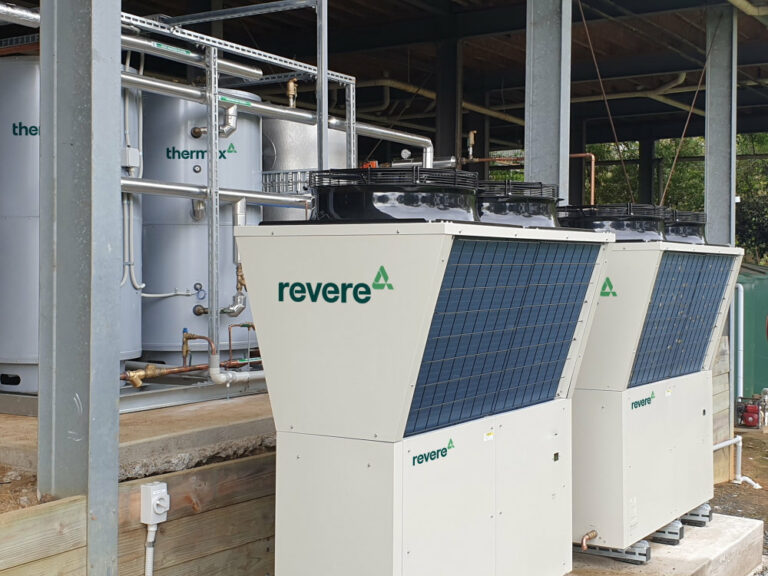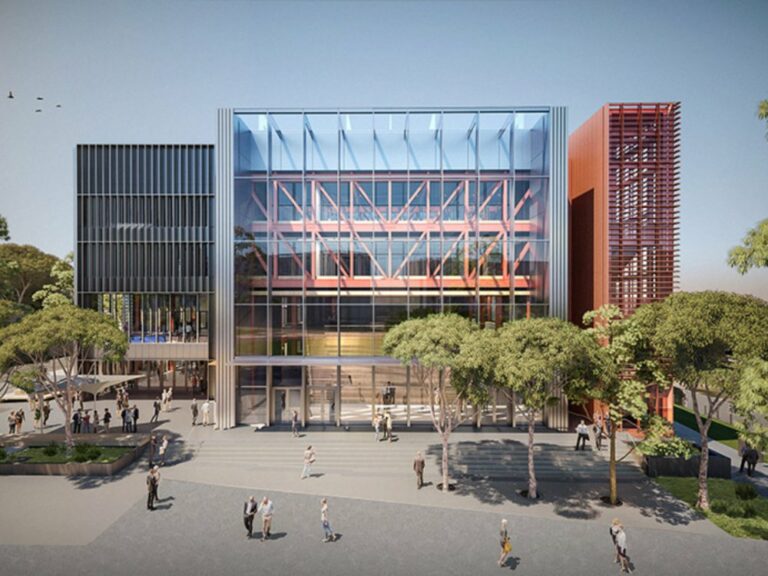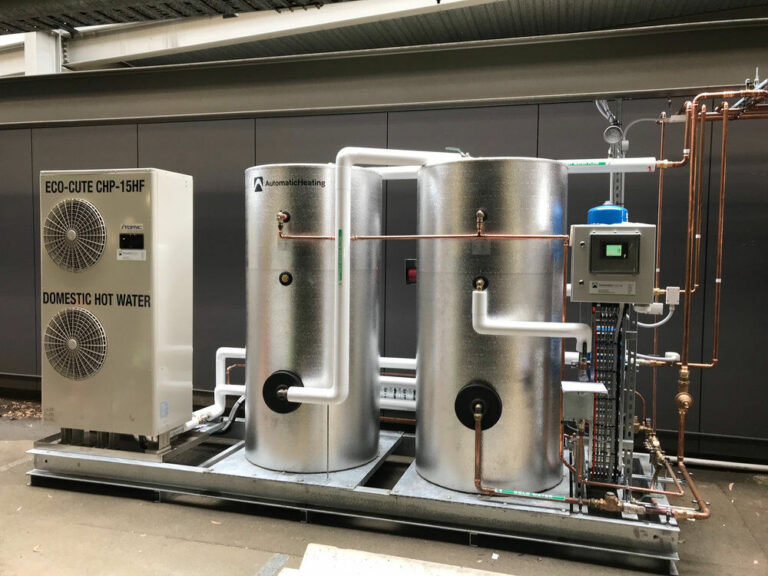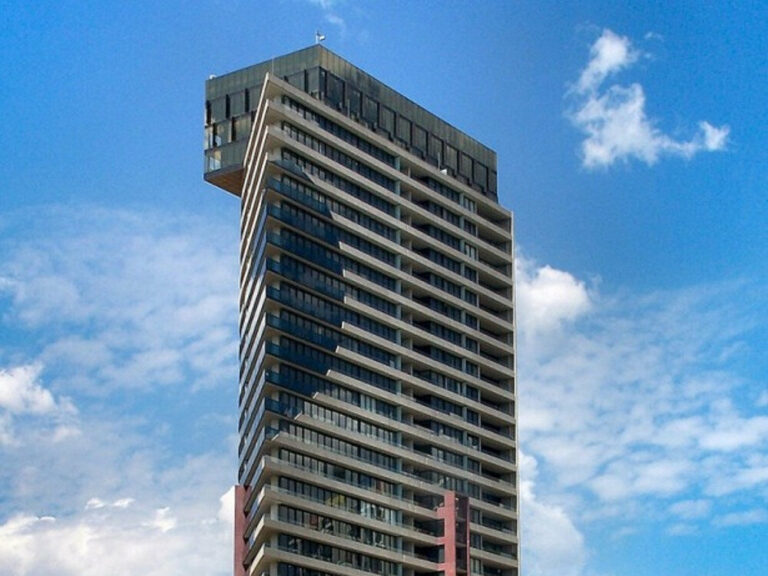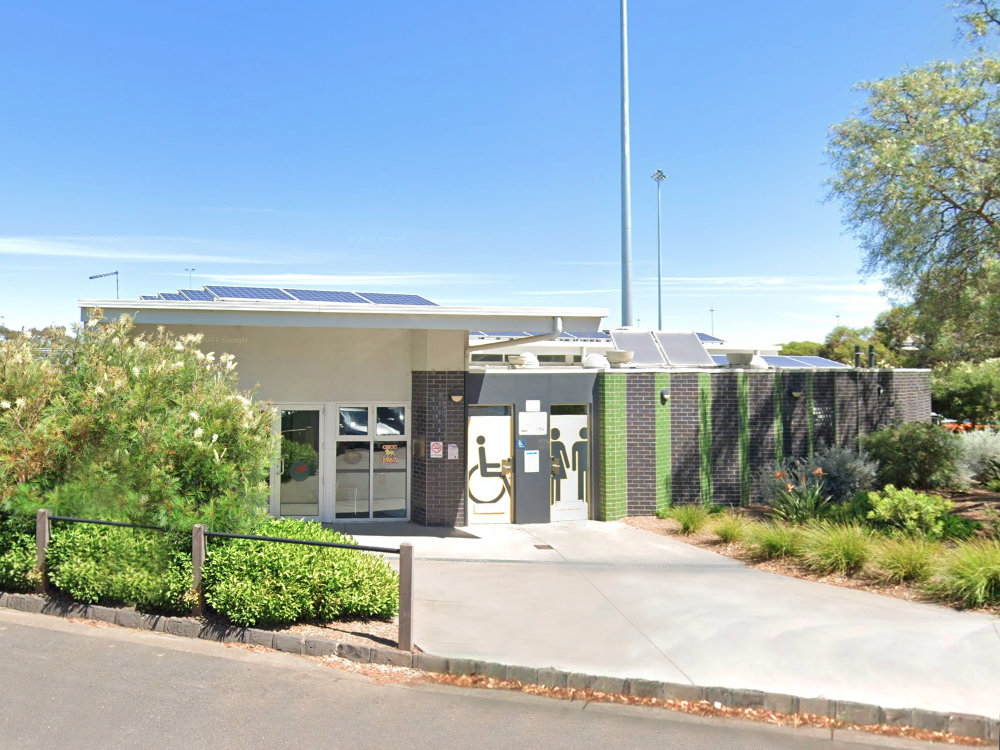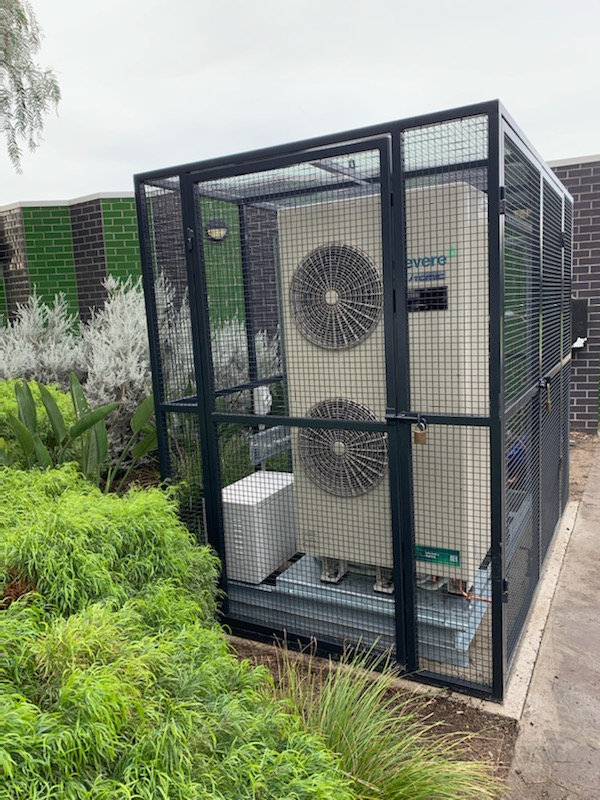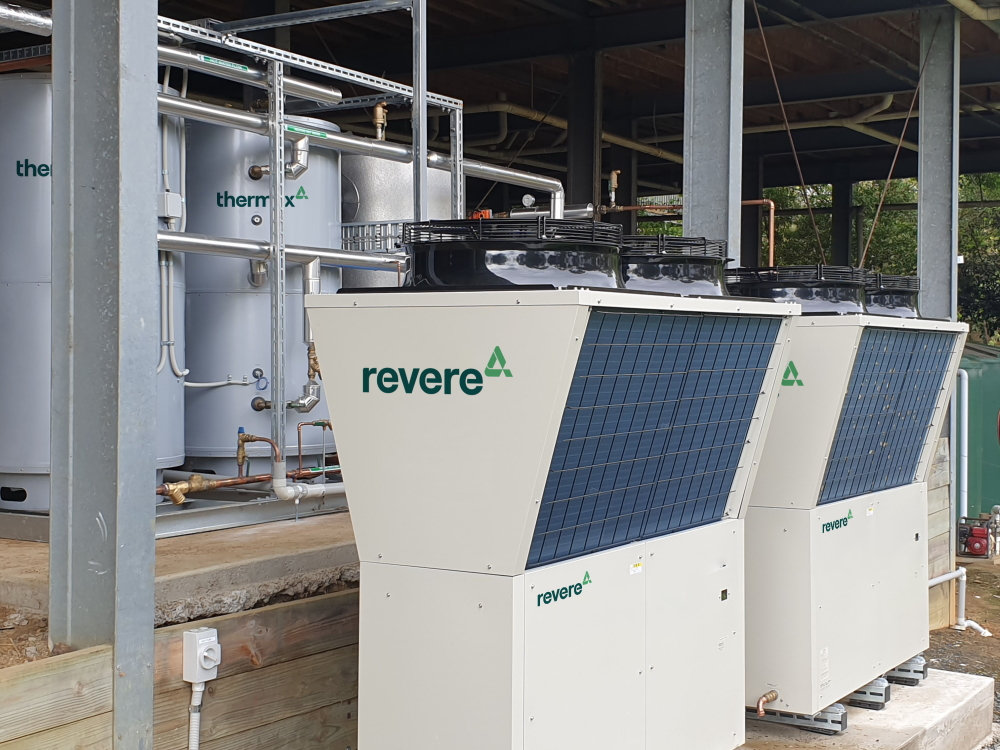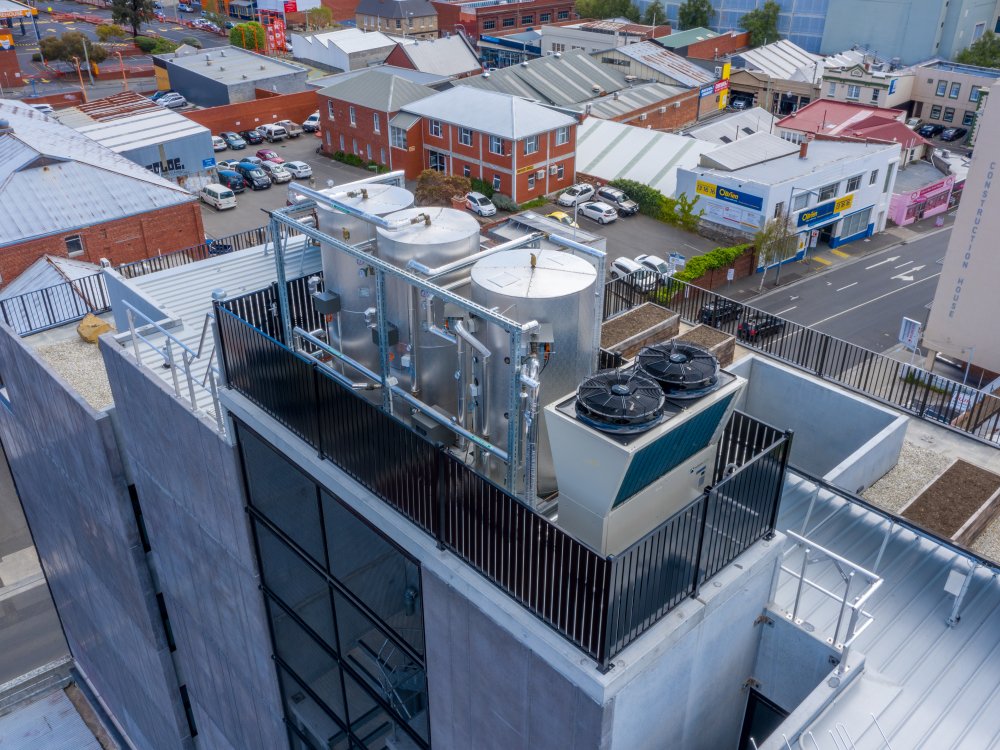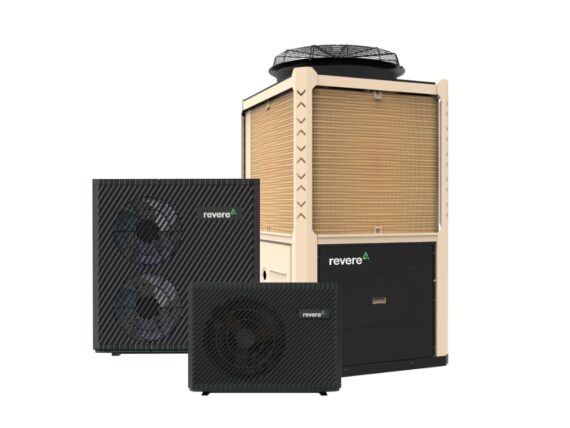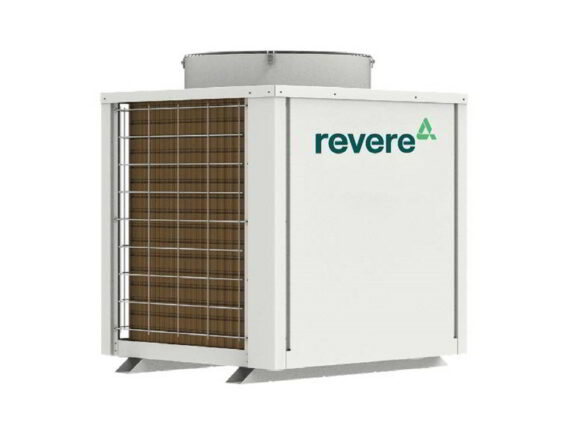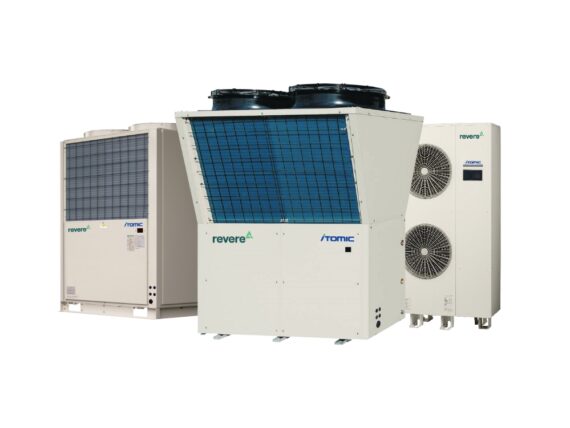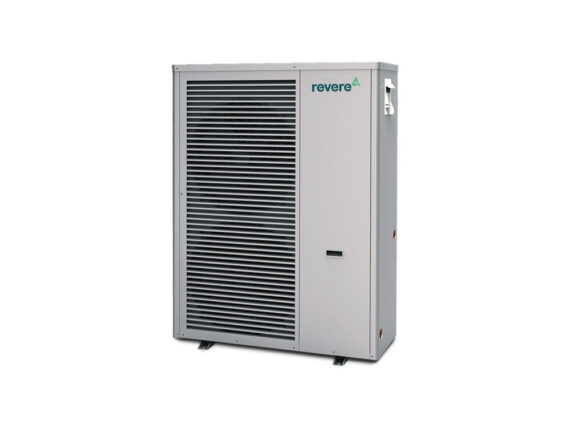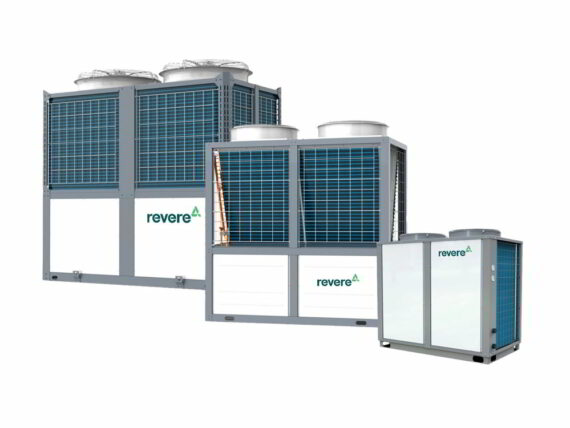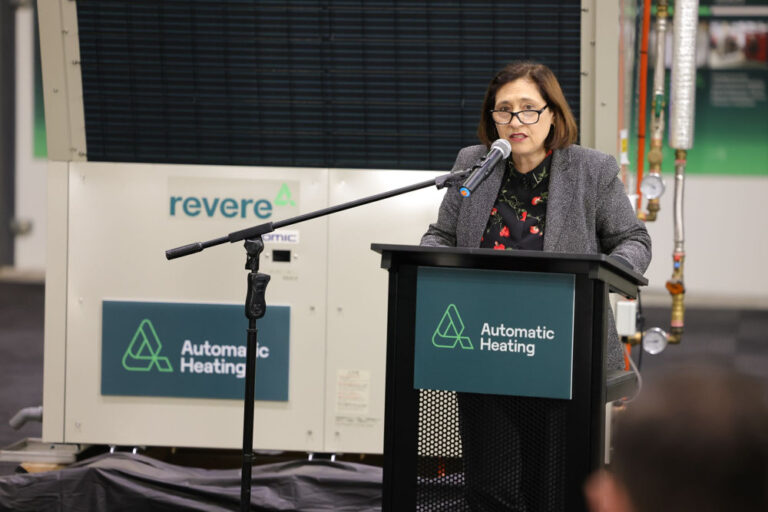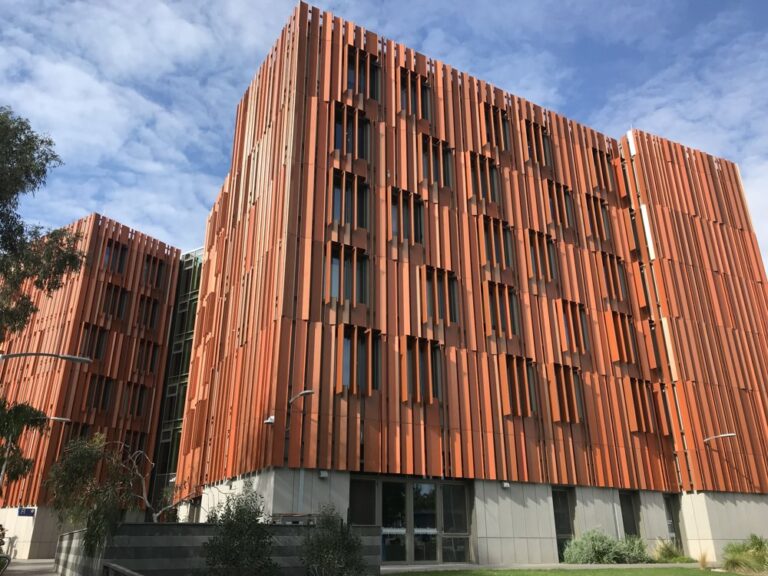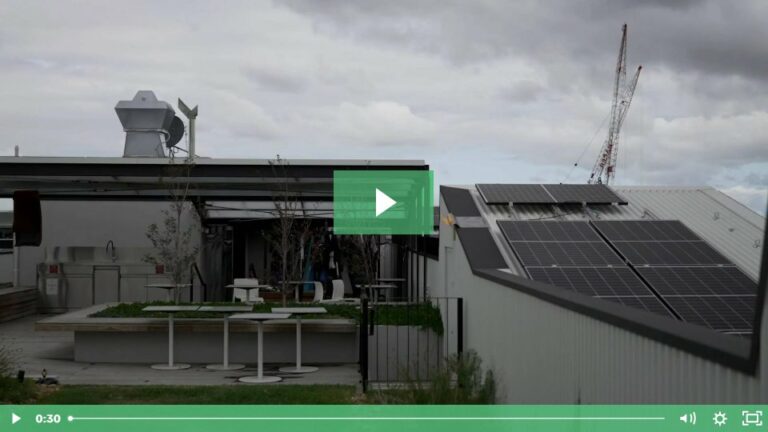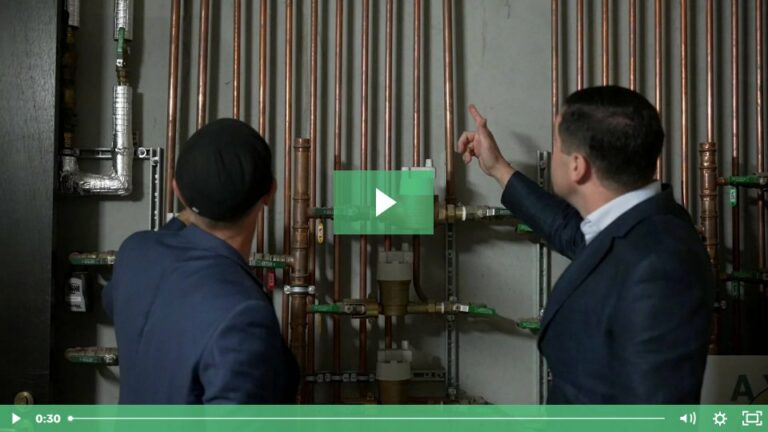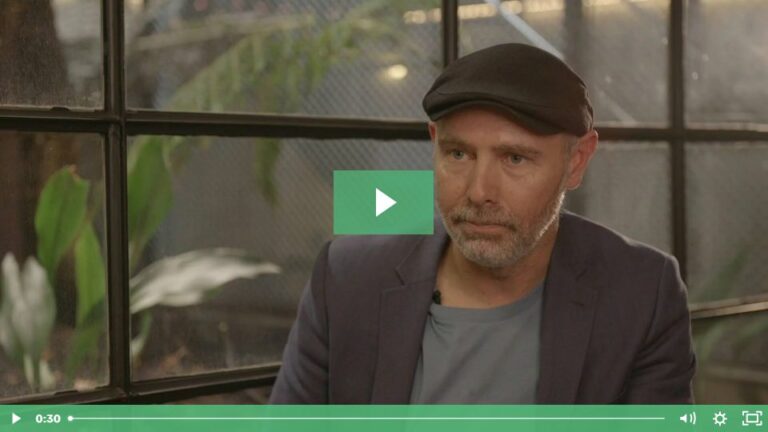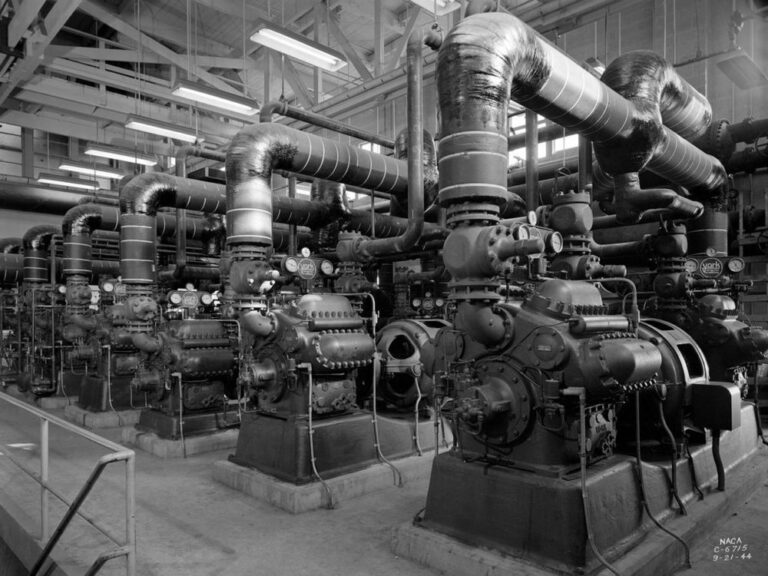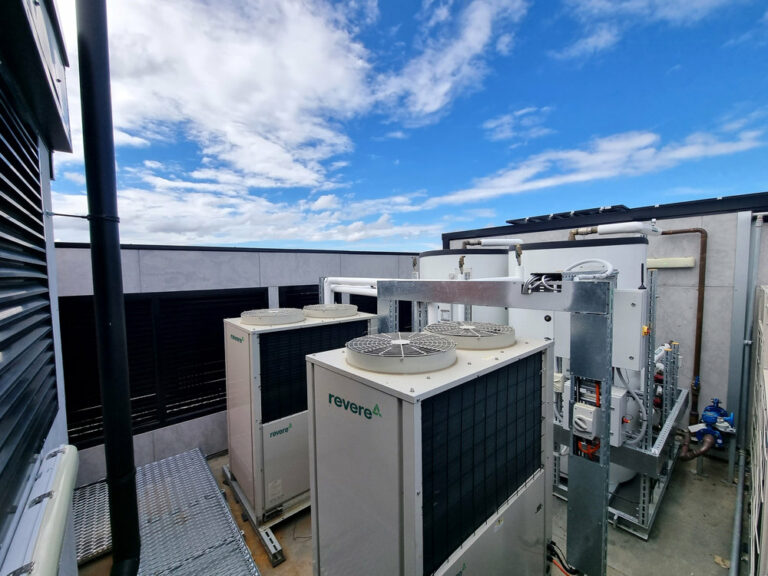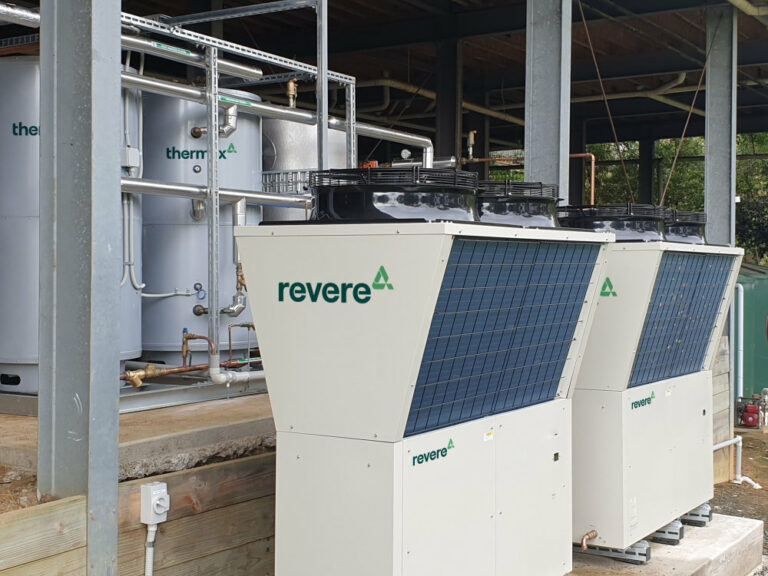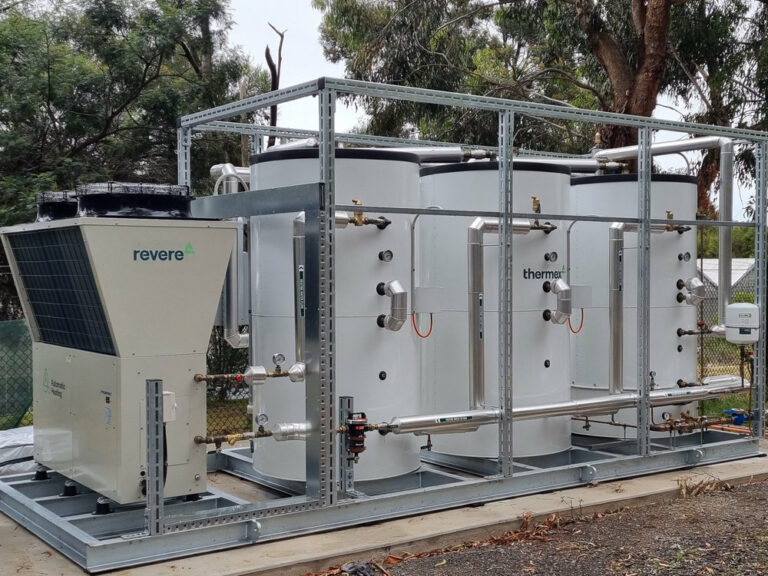In June 2022, the Australian government formally committed to a higher greenhouse gas reduction target of 43% below 2005 levels by 2030 and pledged to support a 30% global reduction in methane by 2030. This is in line with the global target of Net Zero Emissions by 2050.
As an industry that contributes almost a quarter of the country’s total emissions, the built environment plays a major role in helping the government achieve this target. This means that, in the future, sustainable buildings will not only have to be energy-efficient but also carbon-neutral. For more on this subject, see The Importance of Electrification in the Sustainable Built Environment.
Carbon neutrality means that the building’s carbon emissions are balanced by an equivalent amount of carbon being removed, usually through climate-positive initiatives. Achieving this involves choosing construction materials with the lowest climate impact, identifying the building systems and components that contribute to its total carbon footprint, adopting green technologies and optimising operations to eliminate or minimise this footprint, and investing in carbon sinks, such as forests and oceans, to offset any carbon emissions that remain.
Just as buildings largely contribute to the country’s total greenhouse gas emissions, heating systems play a significant role in the energy usage and carbon footprint of a building. In this article, we’ll explore how sustainable heating solutions can help your property achieve net zero emissions, and how Automatic Heating can guide you, property owners, facility managers, specifiers and developers, in your journey towards carbon neutrality.
Request a call back from one of our technical support staff.

